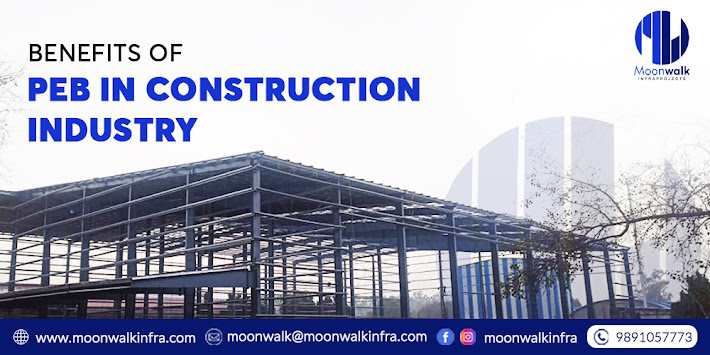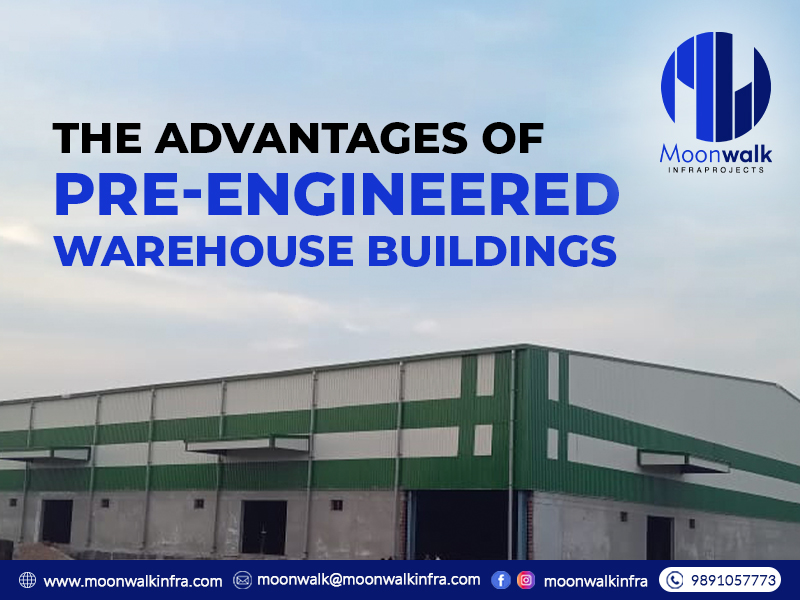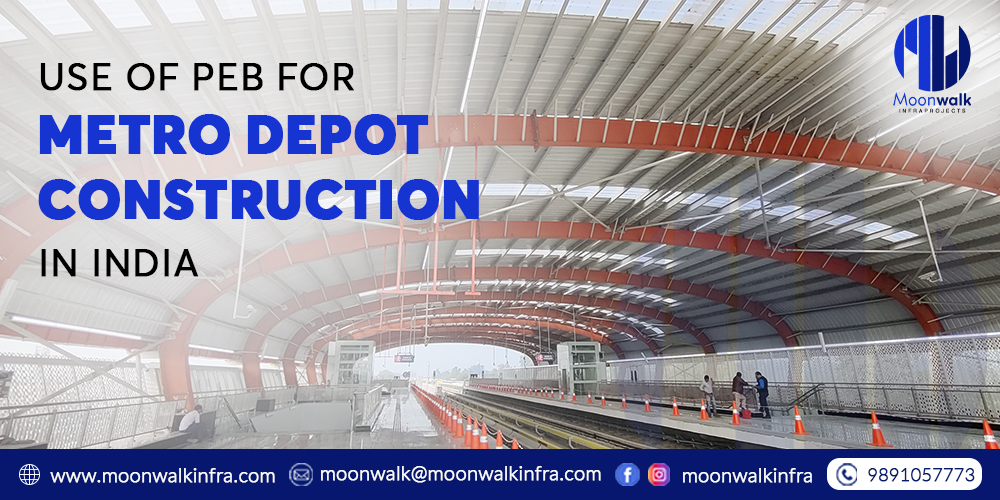Benefits of PEB in Construction Industry
Pre-engineered buildings (PEB) have become a popular choice in the construction industry. They are designed and manufactured offsite, then transported to the construction site for assembly. The PEB method is efficient and cost-effective, providing numerous benefits to the construction industry. This article will discuss the benefits of PEB in the construction industry.
Efficiency
The pre-engineered building method is efficient in many ways. First, the entire process is controlled by the manufacturer, reducing the need for multiple contractors and subcontractors. This means that the entire process is streamlined and efficient, reducing the construction timeline. The manufacturing process is also efficient because the components are pre-cut and pre-drilled, reducing the need for onsite fabrication. This allows for quicker assembly and reduces the potential for errors.
Cost-Effective
Pre-engineered buildings are cost-effective for several reasons. First, the components are manufactured offsite, reducing labor costs. The manufacturing process is also streamlined, reducing the need for multiple contractors and subcontractors. The pre-engineered components are also designed to fit together seamlessly, reducing waste and material costs. This leads to cost savings for the owner, making PEB a popular choice for both commercial and residential buildings.
Design Flexibility
PEB offers design flexibility that traditional construction methods do not. The pre-engineered components can be customized to fit the owner's specifications. This means that the building can be designed to meet specific needs, such as height, width, and layout. The flexibility of design allows for a wide range of building types, from warehouses to office buildings to retail stores.
Durability
Pre-engineered buildings are designed to withstand harsh weather conditions and are resistant to fire, earthquakes, and high winds. The components are manufactured to meet strict industry standards and are made from high-quality materials. This ensures that the building is durable and long-lasting, reducing the need for frequent repairs and maintenance.
Energy Efficiency
Pre-engineered buildings are also energy efficient. The components are designed to fit together seamlessly, reducing the potential for air leaks and drafts. The building's insulation is also installed during the manufacturing process, ensuring that it is properly installed and efficient. This leads to lower energy bills and a more comfortable living or working environment.
Sustainability
Pre-engineered buildings are also sustainable. The manufacturing process produces less waste and uses less energy than traditional construction methods. The components are also made from recyclable materials, reducing the environmental impact. The sustainability of PEB is a major factor in the construction industry's move towards eco-friendly building practices.
Ease of Maintenance
Pre-engineered buildings are designed for easy maintenance. The components are manufactured to be low-maintenance, reducing the need for frequent repairs. The building's structure is also designed for easy access, making maintenance and repairs easier and safer for workers.
Reduced Construction Waste
The pre-engineered building method reduces construction waste. The components are pre-cut and pre-drilled, reducing the amount of material waste on the construction site. This also leads to a cleaner job site, reducing the potential for accidents and injuries.
Faster Construction Timeline
PEB offers a faster construction timeline than traditional construction methods. The manufacturing process is efficient and streamlined, reducing the time required for onsite fabrication. The pre-engineered components are also designed to fit together seamlessly, reducing the time required for assembly. This leads to a faster construction timeline, reducing costs and minimizing disruptions to the surrounding community.
Improved Safety
Pre-engineered buildings are designed for safety. The components are manufactured to meet strict industry standards, ensuring that they are safe and reliable. The building's structure is also designed to withstand harsh weather conditions and is resistant to fire, earthquakes, and high winds. This ensures the safety of the occupants and the surrounding community.
Conclusion
In conclusion, pre-engineered buildings offer numerous benefits to the construction industry. From efficiency to sustainability to improved safety, the benefits of PEB are numerous. They offer a cost-effective and customizable solution for building owners, making them a popular choice for a wide range of building types.
If you're considering a construction project, it's worth exploring the benefits of pre-engineered buildings. With a faster construction timeline, lower costs, and improved safety, PEB can be an excellent option for your building needs.
At Moonwalk Infraprojects, we specialize in the design, manufacturing, and installation of pre-engineered buildings. Our team of experts works closely with clients to understand their needs and create customized solutions that meet their specific requirements. We use the latest technology and industry standards to ensure that our PEBs are durable, energy-efficient, and sustainable.
Contact us today to learn more about our PEB solutions and how they can benefit your next construction project. Let Moonwalk Infraprojects help you take your construction project to the next level.



Comments
Post a Comment